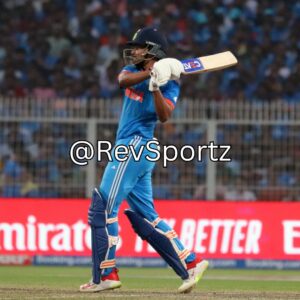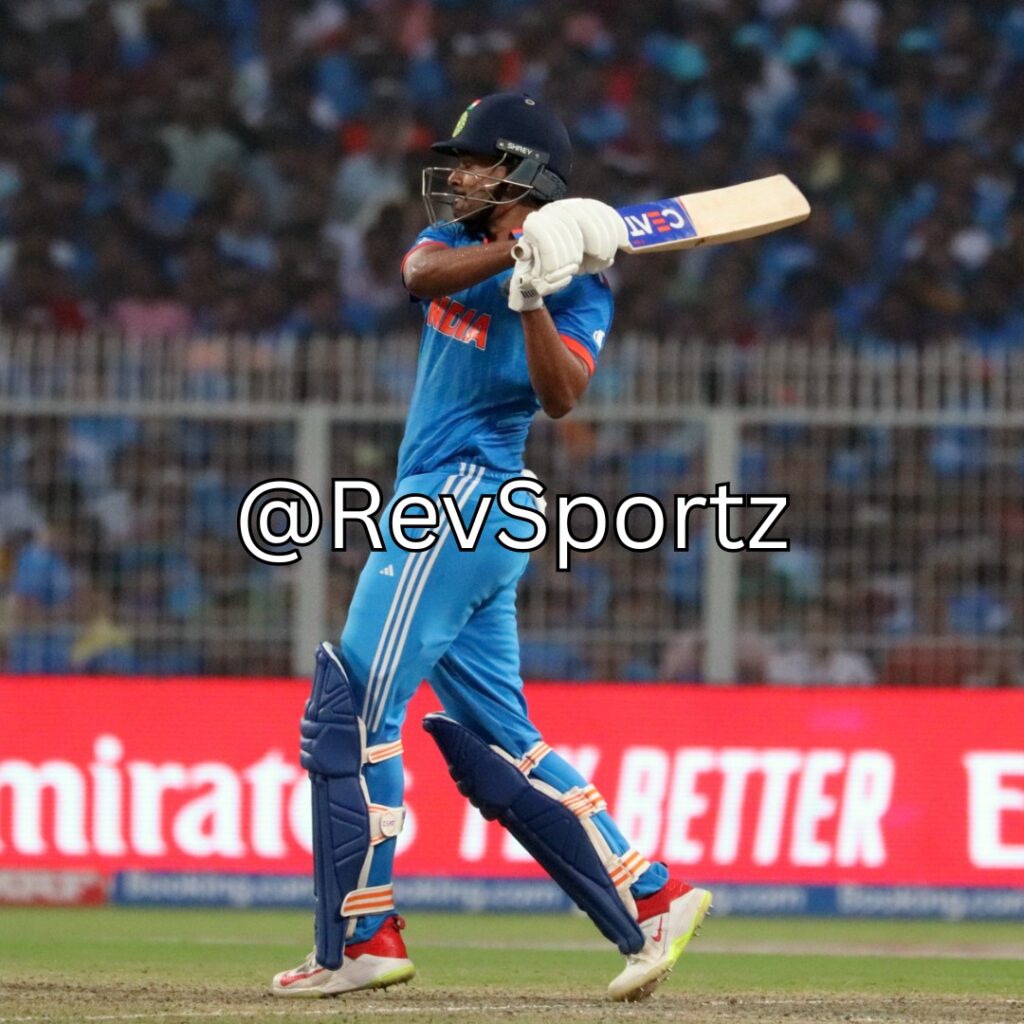
At the end of 23 overs of India’s innings against South Africa at the Eden Gardens, Shreyas Iyer had played out 23 dots and his strike-rate was hovering around 43. An hour or so later, when Iyer slowly made his way back to the pavilion after falling to Lungi Ngidi, he had turned out to be one of the unsung heroes of India’s batting effort – compiling an 87-ball 77 at a strike-rate of 88.51. It was indeed an innings of two halves.
The above-mentioned numbers indicate that beneath his soft-spoken exterior, there is a cricketer who longs for the intense battle. Early on in his innings, Iyer kept finding the fielder while facing Kagiso Rabada, Ngidi and, especially, Keshav Maharaj. With the track slowing down a touch, he also eked out leading edges. But Iyer wasn’t ready to throw it away. The persistence finally paid off as he lofted Tabraiz Shamsi over extra-cover in the 24th over. He didn’t look back.
To know more about Iyer’s unrelenting self-belief, we perhaps have to turn the pages back to another time. When Iyer was about 10 or 11, his father had taken him to the famous Shivaji Park Gymkhana. Unfortunately, the selection process for that year had been completed. Iyer, however, persisted, and gained selection the following year.
Some years later, he was playing in just his third Ranji Trophy game for Mumbai against Uttar Pradesh. The opposition had bowlers of the calibre of Praveen Kumar, Amit Mishra (seam bowler), Ankit Rajpoot and Piyush Chawla. At one stage, Mumbai were tottering at 57 for 6. Iyer, batting at No. 7, composed a vital 75 and Mumbai won the match by eight wickets.
During that season, Mumbai tried three different players at the No. 3 slot, but none cracked the code. Iyer was one of the two players that Pravin Amre had earmarked to take over the slot. Iyer readily agreed to play at that position and went on to accumulate a life-changing 175-ball 153 against Bengal. He soon became a prolific run-getter in domestic cricket.
A little more than eight years after Iyer played those two crucial hands for Mumbai, he has made a middle-order spot in India’s ODI set-up his own. In the other two formats, too, he has played some pivotal hands. But even at the highest level, Iyer has had to traverse quite a few challenges. And one of them centres on his supposed weakness against the short ball. In this digital era, countless memes and editorials would have been written about this.
The same question has also been asked to him time and again in press conferences. Recently, at a press conference, Iyer lost his cool when a reporter brought it up. He went on to say, “Troubled me? Have you seen how many pull shots I’ve scored? Especially when it has gone for four.”
Although Iyer’s reply was rude, it is true that he has been working hard on sorting out the issue. Over the last 12 months, he has landed enough pulls against shorter length deliveries. In this World Cup alone, he has taken on around 65 per cent of the short deliveries. He has also modified his game a bit to tackle this shortcoming – looking to go back and across, instead of staying leg-side of the ball.
On the flip side, Iyer fell to an agricultural hoick while playing England and was removed by the bumper against New Zealand. On both occasions, especially in the game against New Zealand, the bowler extracted good height on the bouncer and the line was just outside off. Those twin failures were more due to poor shot selection.
In the game against South Africa, he showed glimpses of his improved shot selection. Iyer pulled only when the ball was around or just below shoulder height. In the 14th over, when Rabada banged one short, Iyer was happy to just ride the bounce and steer it to third man for a single.
A cricket romantic may think of Iyer as an ungainly-looking batter. But in the final analysis, what matters is runs on the board. Iyer seems to have the required self-belief to find the right route while facing challenges. So, it shouldn’t come as a surprise that he passed this latest examination of his temperament at Eden Gardens with flying colours.




